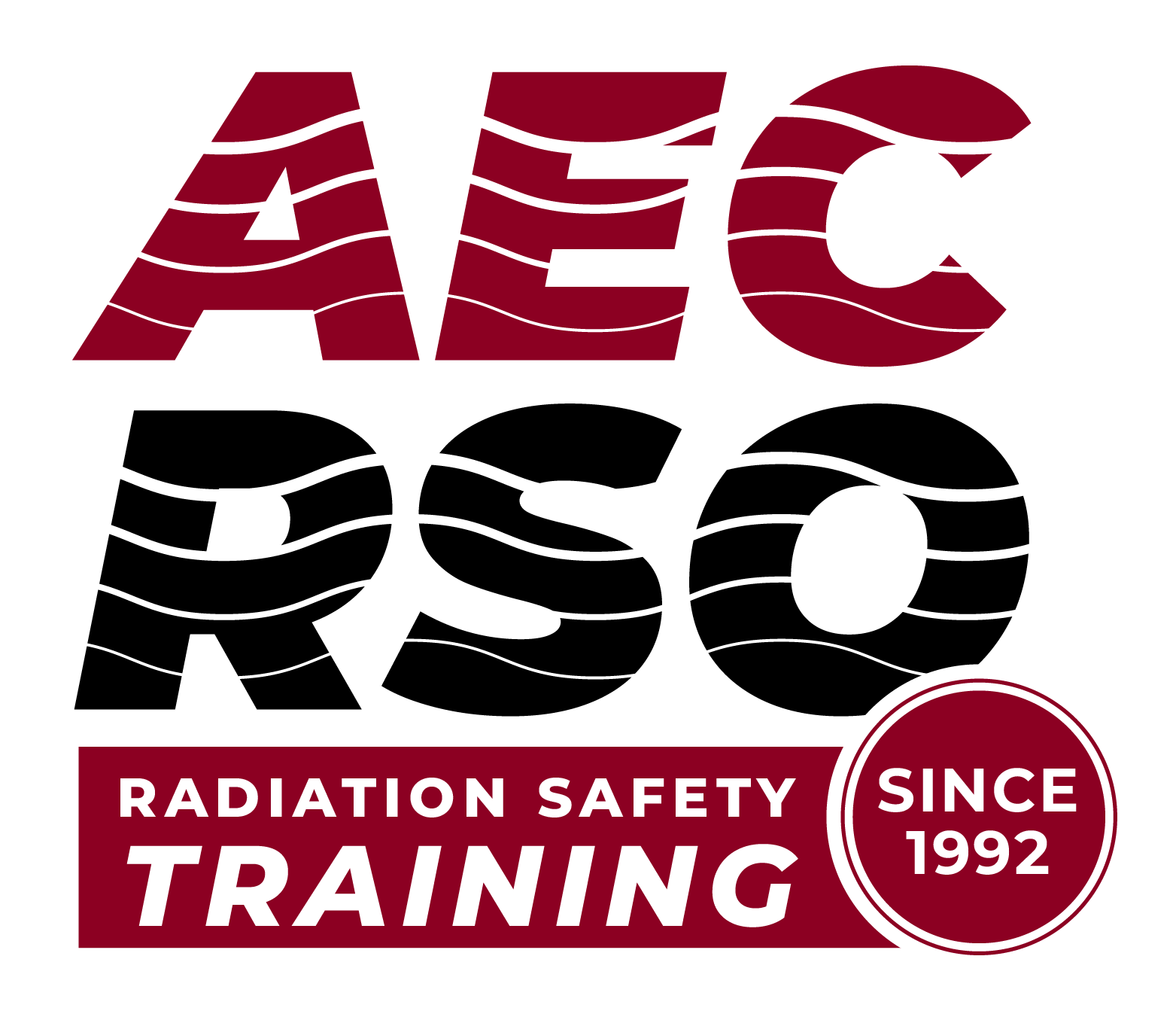TOPIC 1: Energy Spectrum
Let’s continue with Radiation Fundamentals and talk about the Energy Spectrum.
—
Radioactive materials are all around us and in many forms. There are naturally-occurring radioactive materials from the cosmos, from land, from the food we eat, and from the building materials in which we live and work. In fact, each living organism has radioactive materials inside them that is detectable with very sensitive laboratory instrumentation.
One aspect of radioactive materials is that can ionize atoms. What does “ionize” mean?
—
Ionization is simple to understand. In essence, it comes from radiation that has sufficient energy to knock an electron from the outer shell of an atom; thus, creating ions. An ion is simply “a charged particle”. When the electron is knocked out of an atom, the electron is now a “free electron” commonly called static electricity. The remaining atom has a net positive charge since it has one more proton than the number of electrons.
—
The same occurs with atoms. With sufficient energy, an orbital electron can be removed from an atom. With the removal of the negatively charged electron, the remaining atom has net positive charge. This type of atom is called an “ion.” This charged atom is now about to chemically combine with other ions or charged particles and create molecules. An example would be H+ and O- combining to make H20 or water.
—
Ionizing Radiation, or the radiation that can create ions, comes a variety of decays modes of radioactive material as it transmutes from one element to another. While this sounds like a mouthful, it actually is simple to understand. There are certain isotopes in this universe that become unstable, which means “radioactive”. They “want” to become stable. The best way to do that is to get rid of excess energy. The atom can do that by throwing off a piece of matter or just throw off the energy. Once that atom has thrown off that energy, the energy needs to go somewhere.
Here’s an analogy: We have seen people slip on ice. They continue to slide until they run into something. Radiation is something like that. Is will continue until it can run into something. Just like driver that slides on the ice and takes down another. They can’t stop until all the energy is deposited somewhere else. The energy from a radioactive decay is the same concept. The energy emission needs to run into something to get rid of it energy. When it runs into another atom, it has the capability of dislodging an orbital electron.
—
Let’s now look at ionizing radiation and non-ionizing radiation! What is radiation? Radiation is simply energy in motion. It’s everywhere. Your voice is energy in motion because it broadcasts soundwaves. So everything you hear is the result of radiation creating sound waves. Radiation is also everything you see. Light waves are emitted, predominantly from the sun, and bounce off objects. Some frequencies are absorbed and some are retransmitted. That is why some things look red and some things look blue.
Sound waves are at very low frequencies, Light waves are at higher frequencies. And there are millions up millions of frequencies in between. So what is frequency? Frequency is rate that something vibrates. From the pure tone of an opera virtuoso to that screeching his from your mother-in-law. Each is a combination of frequencies.
At lower frequencies, there is insufficient energy to knock an electron from the atom. It can gently nudge an electron but not with sufficient energy to dislodge it. This type of radiation is called “non-ionizing.” For example, radio waves are very prominent in our society; however, they do not have sufficient energy to knock electrons out of their orbits. Other examples of non-ionizing radiation are microwave ovens, light bulbs, heating pads, satellite TV, etc.
When frequencies increase, the amount of energy that they contain also increases. At some point there is sufficient energy to remove the electron from the atom. We have now created an “ion.” What is this frequency? Somewhere between the ultraviolet light and x-ray frequencies, there is sufficient energy to dislodge electrons from atoms. This type of radiation is called “ionizing.”
—
Electromagnetic radiation with longer wavelengths, like radio waves, microwaves and ultraviolet light, carry less energy than shorter wavelength radiation like gamma and X-rays. Gamma rays come from the atom itself. It’s a reaction from the protons and neutrons that releases excess energy. X-rays, on the other hand, come from the orbital electrons. As these electrons gather speed, they gather more energy. The electron then bends its path. The electron loses energy which continues on as an X-ray. Gamma and X-rays carry enough energy to knock electrons away from atoms in their path. When electrons are knocked away, the charge of the atom becomes unbalanced. That is, a free electron is liberated and has a negative charge, and an atom that is missing an electron is left behind with a net positive charge. The free electron and remaining charged atom are known as an “ion pair.” Electromagnetic radiation loses energy as it travels through a human body by creating ionizations. That lost energy is absorbed by tissues in the body, which may result in cellular damage or dose.
—
When something oscillates at any frequency, there is a maximum amount of energy that it can contain. If more energy is added, the oscillations have to increase.
Take, for example, the difference between ionizing and non-ionizing radiation. Non-ionizing radiation has oscillations, or frequencies, at a lower rate. As shown on the left, there is not enough energy to dislodge the electron. On the right, the frequency is increased so the energy contained is also increased. Now there is enough energy to dislodge the electron.
